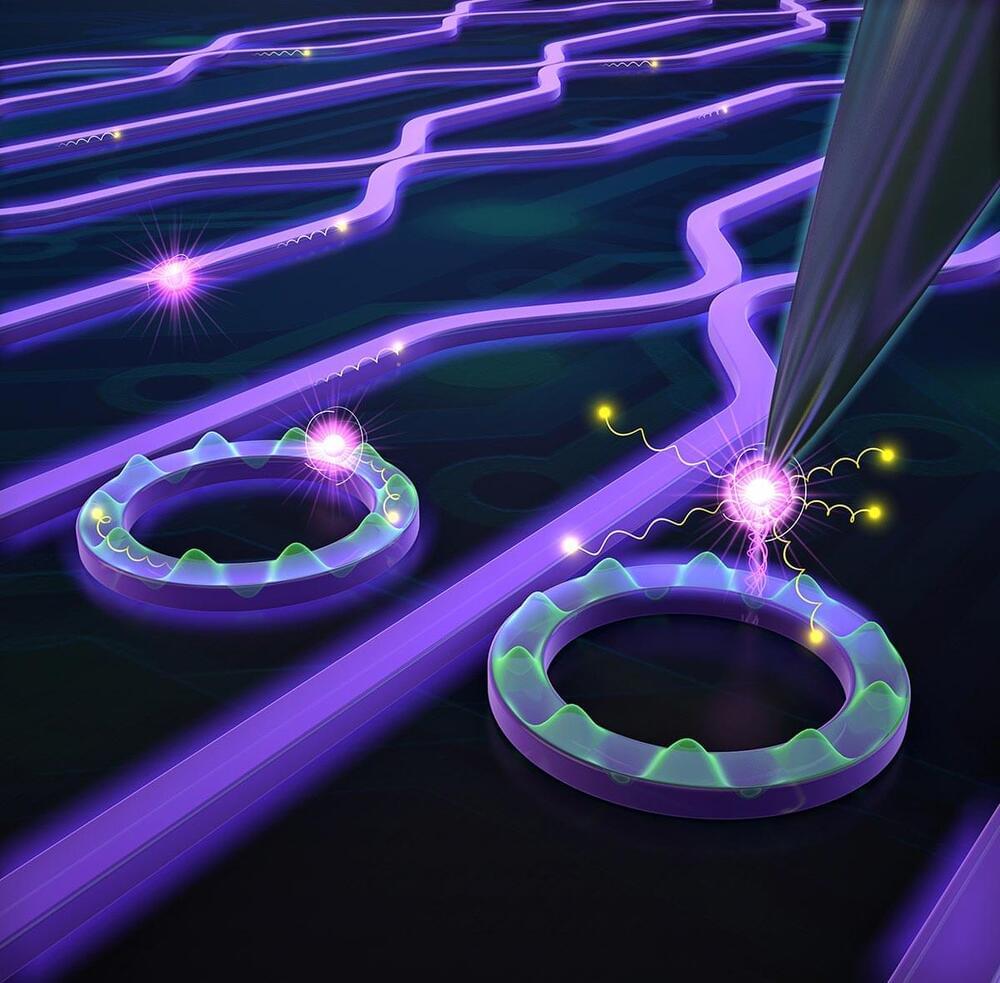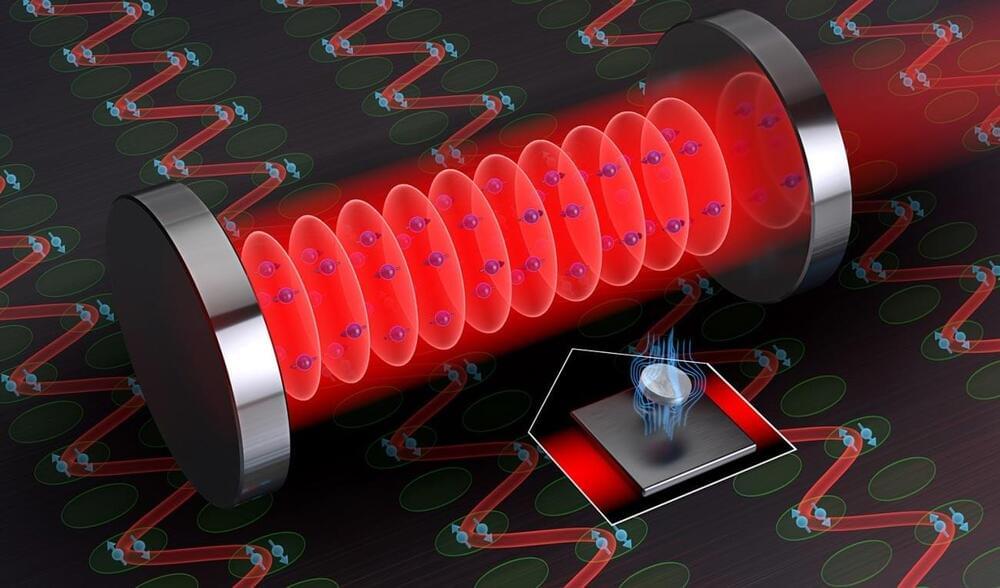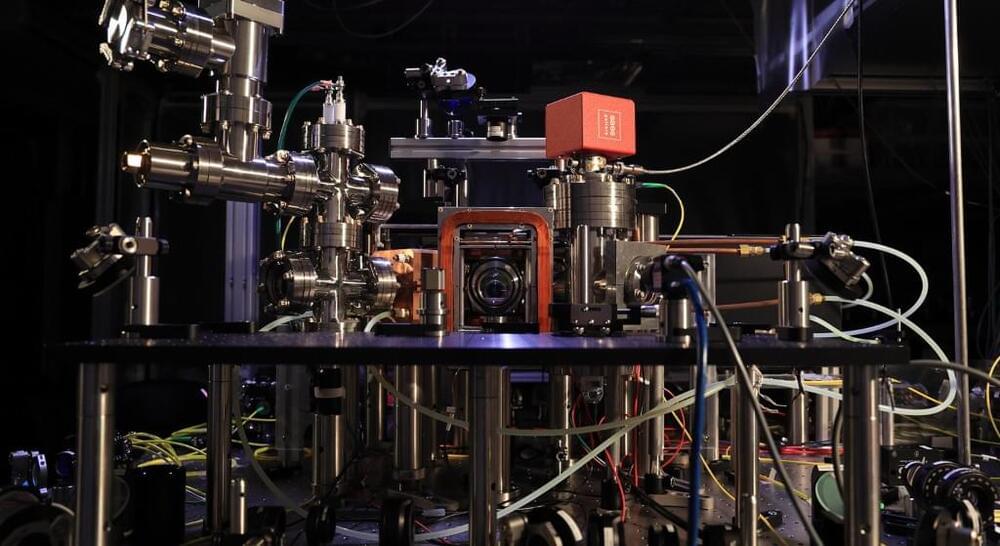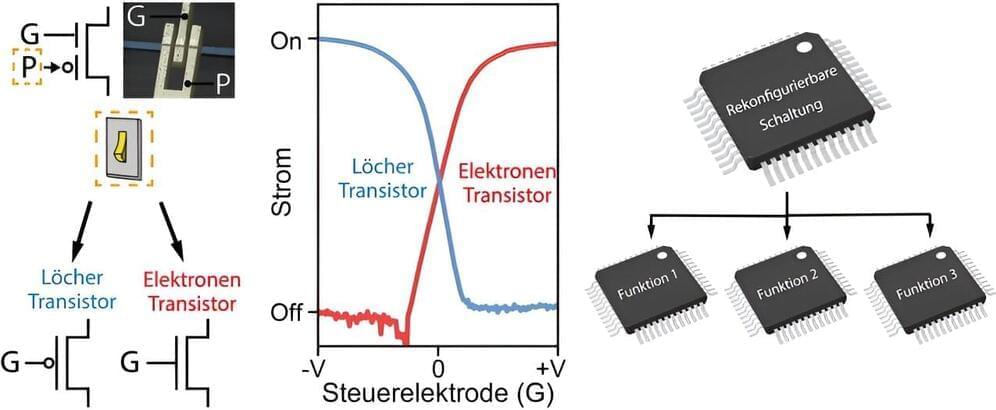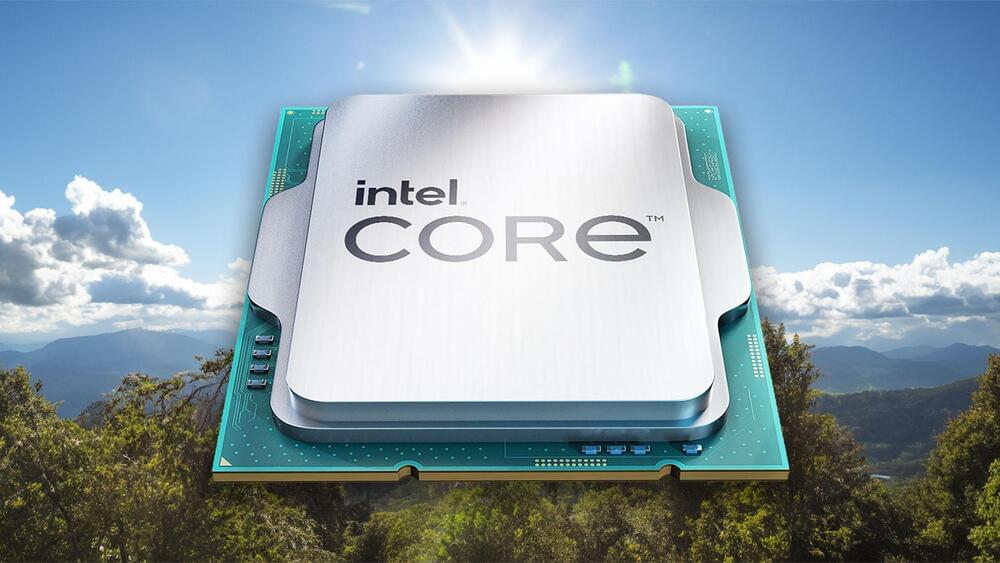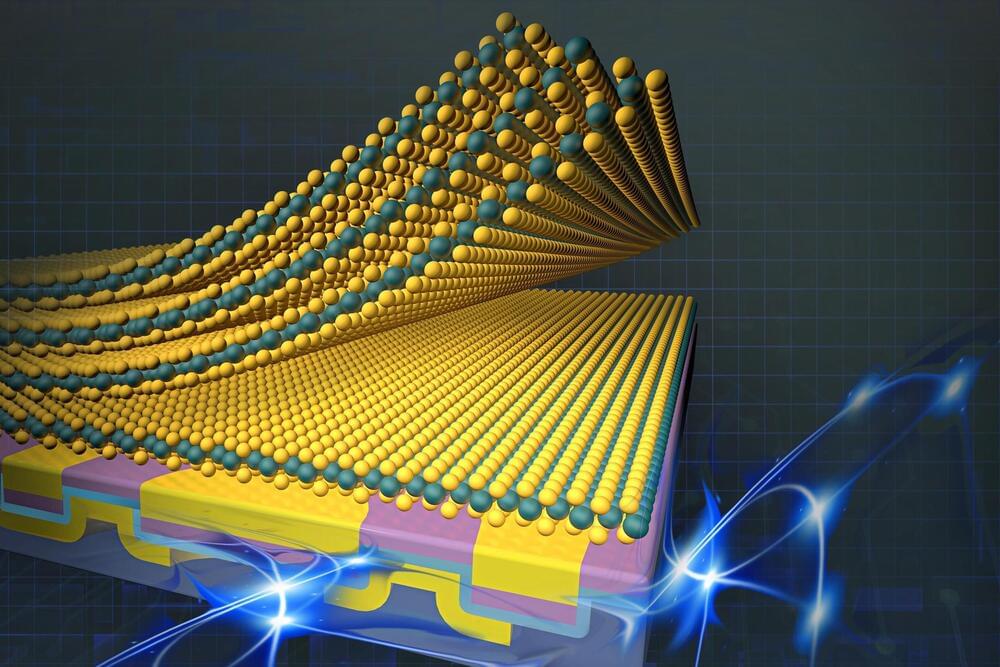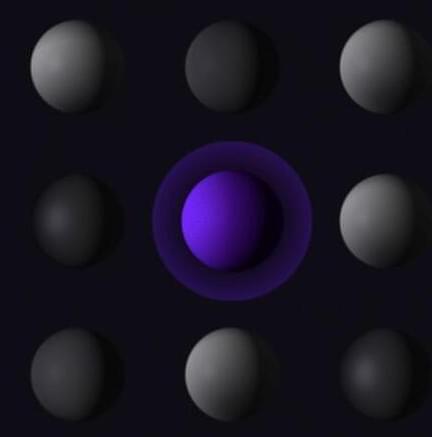Mar 12, 2024
Solid-State Qubits: Artificial Atoms Unlock Quantum Computing Breakthrough
Posted by Paul Battista in categories: computing, particle physics, quantum physics
JILA breakthrough in integrating artificial atoms with photonic circuits advances quantum computing efficiency and scalability.
In quantum information science, many particles can act as “bits,” from individual atoms to photons. At JILA, researchers utilize these bits as “qubits,” storing and processing quantum 1s or 0s through a unique system.
While many JILA Fellows focus on qubits found in nature, such as atoms and ions, JILA Associate Fellow and University of Colorado Boulder Assistant Professor of Physics Shuo Sun is taking a different approach by using “artificial atoms,” or semiconducting nanocrystals with unique electronic properties. By exploiting the atomic dynamics inside fabricated diamond crystals, physicists like Sun can produce a new type of qubit, known as a “solid-state qubit,” or an artificial atom.
